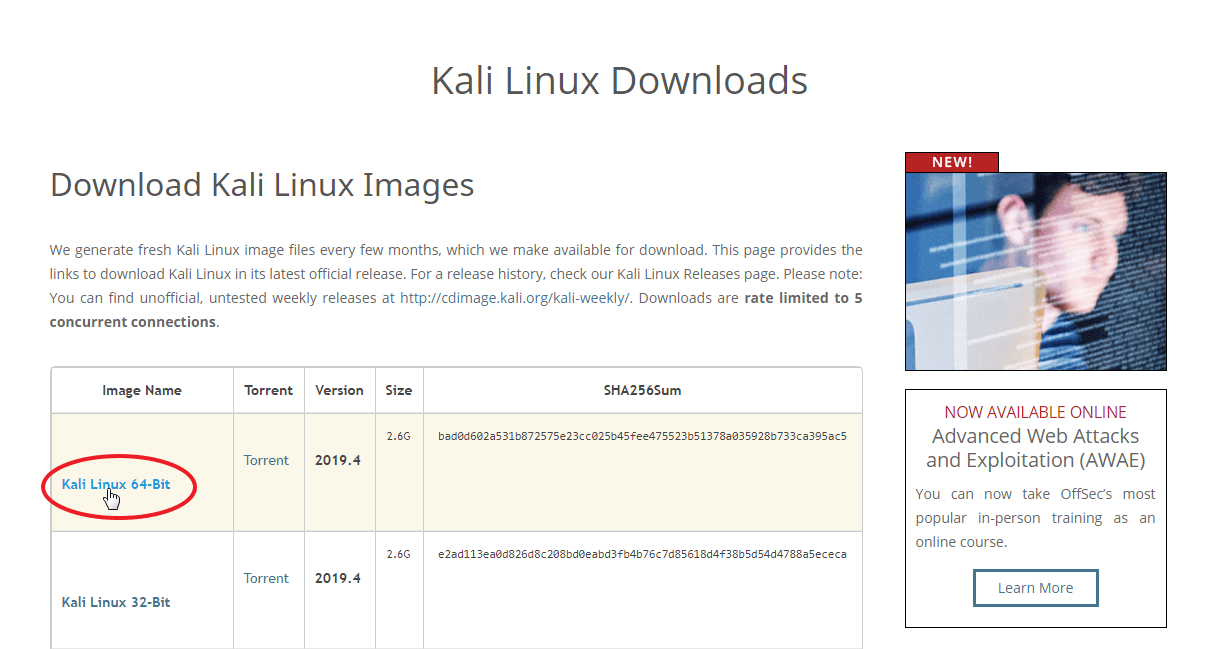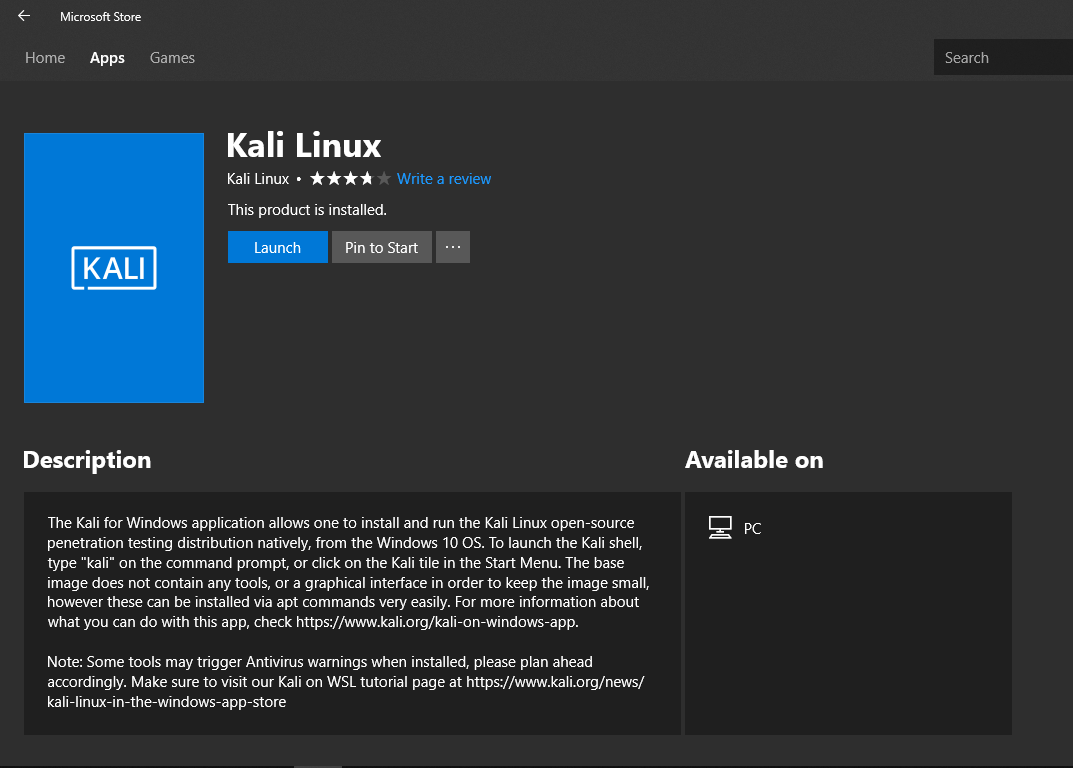


To enable it, open the Windows Settings app, go to “Apps”, and then select “Windows Subsystem for Linux”. This is a feature in Windows 10 that allows you to run Linux applications directly on Windows. The first step is to enable the Windows Subsystem for Linux (WSL). Here’s how to do it: Step 1: Enable Windows Subsystem for Linux (WSL) Installing Kali Linux on Windows 10 is easy. Critics praised Microsoft’s decision to provide a desktop-oriented interface in line with previous versions of Windows, contrasting the tablet-oriented approach of 8, although Windows 10’s touch-oriented user interface mode was panned for containing regressions upon the touch-oriented interface of Windows 8. Windows 10 received mostly positive reviews upon its original release. Windows 10 introduces what Microsoft described as “universal apps” expanding on Metro-style apps, these apps can be designed to run across multiple Microsoft product families with nearly identical code - including PCs, tablets, smartphones, embedded systems, Xbox One, Surface Hub and Mixed Reality. It is the successor to Windows 8.1, released nearly two years earlier, and was released to manufacturing on July 15, 2015, and broadly released for retail sale on July 29, 2015. Windows 10 is a series of personal computer operating systems produced by Microsoft as part of its Windows NT family of operating systems. It can be used to develop and test applications, as well as to secure systems and networks.

Kali Linux is also popular among developers, system administrators, and security professionals. It is designed to be used by professional security experts, as well as by novice users. It comes pre-installed with hundreds of tools for penetration testing and forensic analysis. Kali Linux is one of the most popular Linux distributions for ethical hacking and penetration testing. It is the successor to BackTrack, the world’s most popular penetration testing distribution. It is maintained and funded by Offensive Security, a provider of world-class information security training and penetration testing services. Kali Linux is a Debian-derived Linux distribution designed for digital forensics and penetration testing. Launch the Kali Linux app and use the default username and password to log in.Open the Microsoft Store and search for Kali Linux.Install the Linux kernel update package by running the following command in PowerShell as an administrator: wsl -install.Enable the Windows Subsystem for Linux (WSL) by running the following command in PowerShell as an administrator: Enable-WindowsOptionalFeature -Online -FeatureName Microsoft-Windows-Subsystem-Linux.Download the latest version of Kali Linux.


 0 kommentar(er)
0 kommentar(er)
